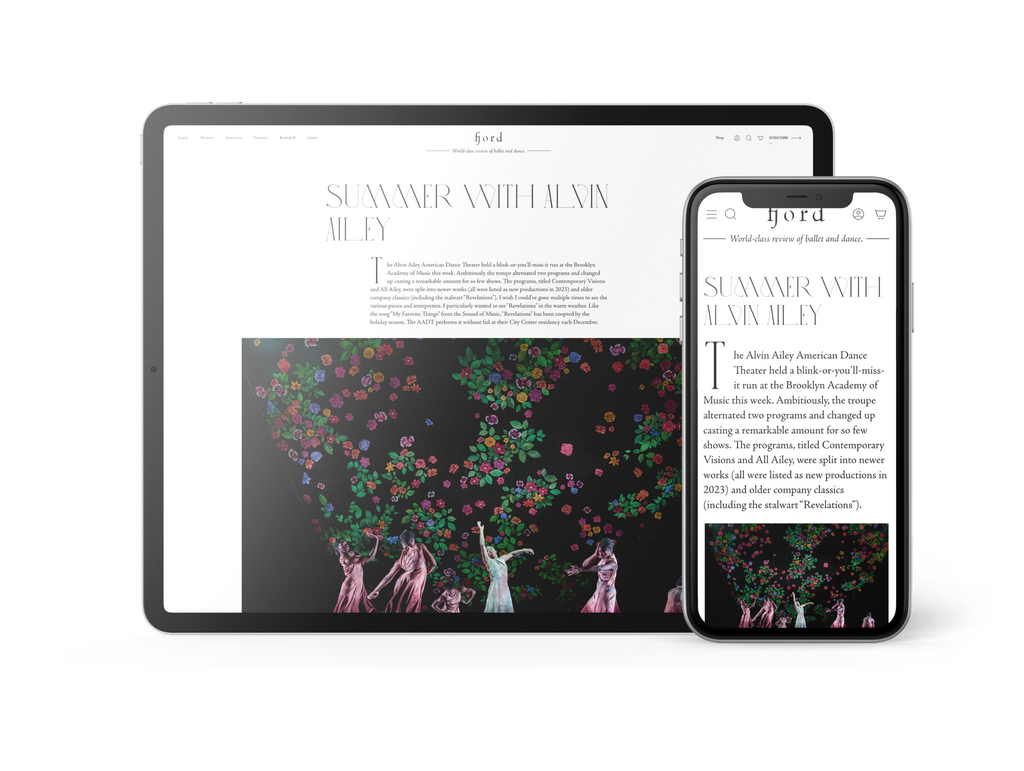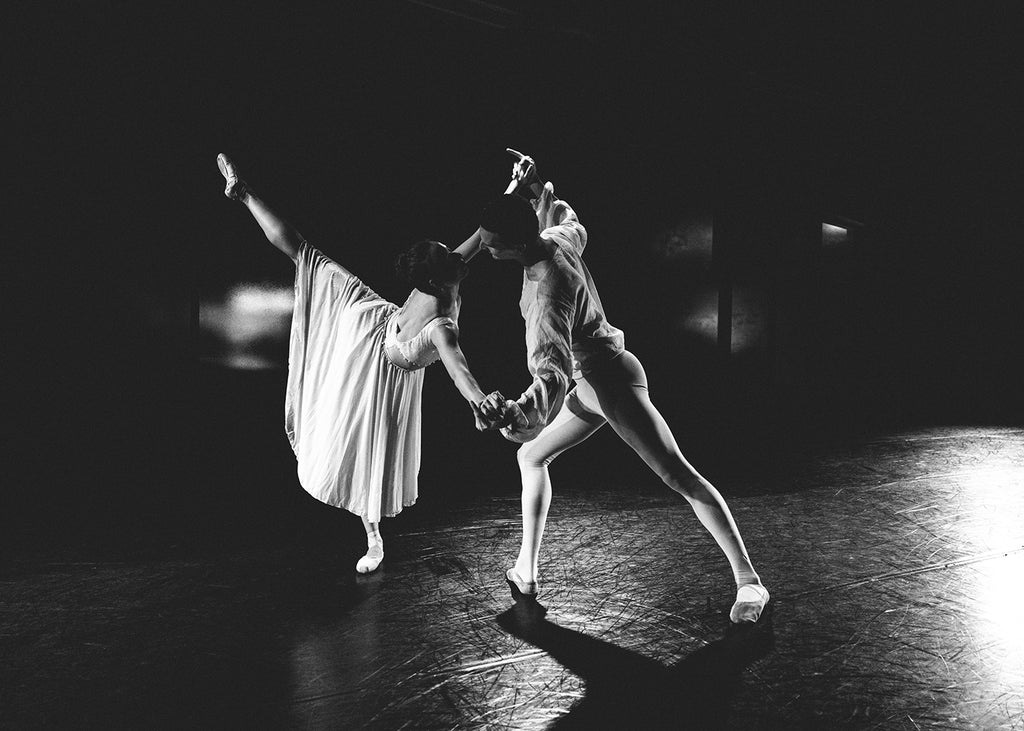Wild Child
Juliana F. May’s “Optimistic Voices,” which premiered last week at BAM Fisher, was pitched as an exploration of the “tangled contradictions of family, eroticism, and motherhood.”
Continue Reading
World-class review of ballet and dance.
It’s a foregone conclusion that no matter how young, how beautiful, how alive one may be, death can come at any time. And this is what metaphorically transpired on stage at the launch of American Contemporary Ballet’s fourteenth season with a pair of works, “Death and the Maiden,” and “Burlesque IX.” Seen at the troupe’s home—Bank of America Plaza—on opening weekend and running through November 1, the dances, directed and choreographed by ACB founder, Lincoln Jones, once again proved him to be masterful, inventive and courageous in his choices.
Performance
Place
Words



Starting at $49.99/year
Your weekly source for world-class dance reviews, interviews, articles, and more.
Already a paid subscriber? Login

Juliana F. May’s “Optimistic Voices,” which premiered last week at BAM Fisher, was pitched as an exploration of the “tangled contradictions of family, eroticism, and motherhood.”
Continue ReadingIn the summer of 2007, writer Stephen Manes, known for his best-selling Bill Gates biography, over thirty books for young adults and children, and for his work as a technology columnist, proposed a new endeavor. He wished to spend an entire season at Pacific Northwest Ballet to observe like a fly on the wall and capture in written word a world of which most people will never catch a glimpse.
Continue ReadingMove over, Matthew Bourne, there is a new voice in theatrical dance plays. Choreographer Penny Saunders' bespoke production of “Sherlock,” performed by Grand Rapids Ballet, was not only a triumph in bringing literature’s favorite super sleuth to the stage in dance form, but is an early contender as one of the 2025-26 dance season’s very best.
Continue ReadingOn the night of Halloween in South Bend, Indiana, I weave through costumed partygoers as I make my way to a special double bill at the University of Notre Dame’s DeBartolo Performing Arts Center.
Continue Reading
comments